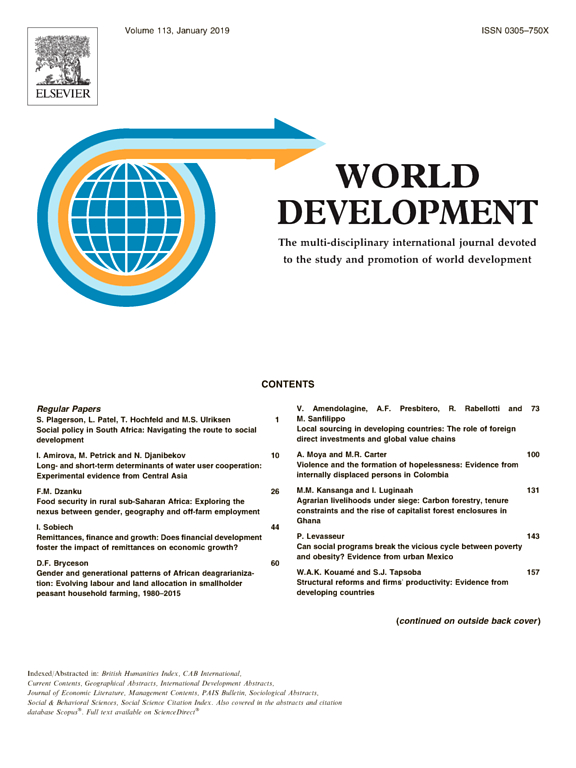This study evaluated the performance of tree legumes and other soil fertility management innovations used by farmers. The objectives of the study were to: examine the extent that farm attributes, typology of farmers and field management practices have affected the adaptation and use of agroforestry technologies for soil fertility management and compare the agronomic performance and farmer assessment of agroforestry and other soil fertility management options, across a wide range of farmer types and field conditions, with a view to establishing the contribution of management variables to variations in yield estimation. Maize yield and farmer rating were assessed in Type II (researcher-designed, farmer-managed), Type III (farmer-designed and managed) trials and extension farmers. Results from 152 farmers show that agroforestry increased the yield of maize by 54-76% compared to unfertilized sole maize used as the control. When amended with fertilizer, the yield increase over the control was 73-76% across tree species. This indicates that farmers who had combined agroforestry with inorganic fertilizer experienced increase in maize yield attributable to the synergy between organic and inorganic fertilizer. In gliricidia-maize intercropping, higher maize yield was obtained by farmers who pruned twice. Combination of two prunings and fertilizer use gave the highest yield increase (148%) over the control and the third pruning was superfluous when fertilizer was applied. Without fertilizer, maize yield in agroforestry plots intercropped with pigeon pea was higher than those plots without pigeon pea. Planting date, fertilizer application, use of agroforestry and maize variety explained about 44% of the variation in maize yield on farmers' fields.























